Hemp and marijuana both belong to the same species, Cannabis sativa, and they share a similar appearance. However, there can be significant variations within a species. For instance, while German Shepard's and pugs are both dogs, they exhibit clear differences.
The primary distinction between hemp and marijuana lies in their psychoactive component: tetrahydrocannabinol, commonly known as THC. Hemp contains 0.3% or less THC, which means that hemp-derived products do not have enough THC to produce the “high” typically associated with marijuana.
How Are Hemp and Marijuana (Cannabis) Utilised?
Although cannabis seeds contain virtually no cannabinoids, these compounds are present in higher concentrations within the flowers, leaves, and stalks of the cannabis plant.
Individuals seeking to experience the beneficial effects of cannabis often turn to the cannabis flower, which can be:
- Smoked
- Extracted into tinctures
- Incorporated into edibles
Cannabis strains that are high in THC can induce a high and are sometimes used for medical purposes, such as pain relief. Conversely, strains that are low in THC but rich in other cannabinoids, like cannabidiol (CBD), may also offer beneficial effects without producing a high.
Hemp, defined as cannabis with less than 0.3% THC, can be cultivated to create a variety of products, including:
- Paper
- Building materials
- Clothing
- Textiles
- Animal feed
- Plastic
- Food products, such as hemp seeds, hemp milk, hemp protein powder, or hemp oil
Due to its rapid growth compared to other crops, hemp is regarded as a more sustainable option for producing items like paper and textiles. Additionally, hemp seeds are highly nutritious, serving as a complete protein source, are rich in fibre and have many other beneficial health benefits.

